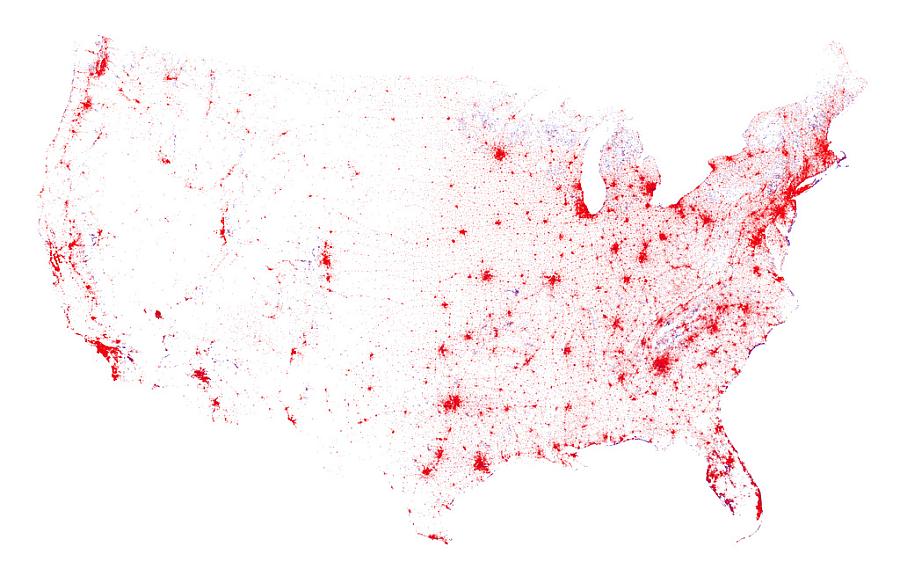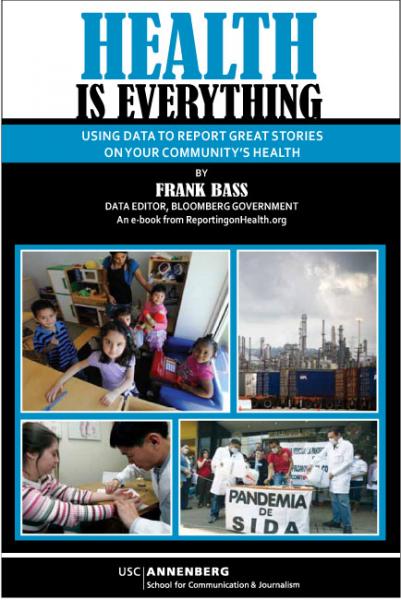From Messy Data to Great Health Stories: New E-Book Can Guide You

 I wish I'd had a book like "Health is Everything" when I began to dip my toes into database reporting two decades ago. I still remember my first demographics stories, when I fed numbers from the 1990 Census to a news aide with a calculator. Today's online tools are easier on the eyes than squinting at the small font in paper printouts, but other barriers still can be daunting for the first-time user. Where do you start looking for numbers? And what do you do once you have them? After 21 years at the Washington Post and five as a senior writer at the Pew Research Center, I am glad to have this book to recommend to data newbies.
I wish I'd had a book like "Health is Everything" when I began to dip my toes into database reporting two decades ago. I still remember my first demographics stories, when I fed numbers from the 1990 Census to a news aide with a calculator. Today's online tools are easier on the eyes than squinting at the small font in paper printouts, but other barriers still can be daunting for the first-time user. Where do you start looking for numbers? And what do you do once you have them? After 21 years at the Washington Post and five as a senior writer at the Pew Research Center, I am glad to have this book to recommend to data newbies.
You can download it here.
Of course, there certainly is plenty of data help out there for the would-be nerd, from how-to spreadsheet classes to advice from expert colleagues. But even knowing which questions to ask can be intimidating. That's the beauty of this guide, which I helped to edit. Author Frank Bass leads you gently through blooming fields of data, pointing out how to gather a bouquet and take it home.
Yes, sometimes the number you want is not available. Yes, there are cautions to heed, such as paying attention to margin of error. Yes, getting data online can be complicated. But Bass walks you through the potential barriers.
Which brings me back to another reason why I like this e-book. The Census Bureau's data retrieval tool can be intimidating; even veteran data journalists complain about it. This book guides you nicely through the required steps to find the demographic, social and other characteristics of any given neighborhood using census data.
So imagine that you are writing a story about the Affordable Care Act, President Obama's health reform law, on the day the Supreme Court announces its verdict. For your deadline assignment, you would like to know how to find the total number of people in your community who lack health insurance. You will find your answer, in Chapter 1.
Or suppose you'd like to use data to illuminate the impact of economic hard times on your state, city or neighborhood. Again, turn to Chapter 1. It walks you through the process of finding statistics on poverty, disability and the elderly. Chapter 2 helps you retrieve trend data on births, which could lead you to a story about whether birth rates are down because of economic stress, as seems to be the case nationally. That same chapter can help you determine whether demand is up for free and reduced-price school lunches.
As Dr. Seuss once said: Oh, the places you'll go! To which I'd add: This book is a guide to getting there.
To download the e-book, click here.
Home page photo credit: Eric Fischer via Flickr

